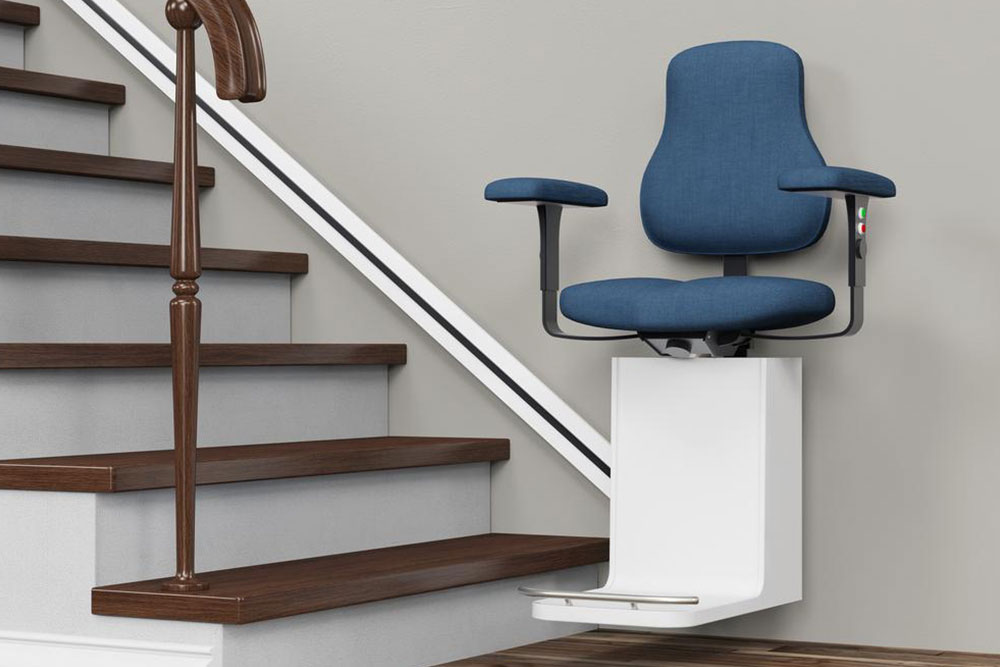Historical Development of Lift Mechanisms in Recliner Chairs
Explore the evolution of lift mechanisms in recliner chairs, from early hydraulic systems to modern two-motor designs. Discover how technological advancements have enhanced comfort, accessibility, and style in furniture innovation over the decades.

Historical Development of Lift Mechanisms in Recliner Chairs
As demand for innovative furniture designs grew, the furniture industry continuously adapted to meet consumer preferences, driving the evolution of modern seating. The rise of contemporary furniture design began in the late 20th century, introducing advanced techniques that combined novel methods with traditional craftsmanship.
Recliner chairs have long been favored for comfort, especially as design and aesthetics gained importance. Over time, designers merged comfort with style, leading to the popularity of lift chairs, which offer easier mobility and seat elevation for users.
What sets a lift chair apart from a typical recliner is its internal mechanism. There are three primary types of lift mechanisms:
Hydraulic systems located beneath the cushion that raise the seat and sides for user convenience.
Mechanisms attached to the base of the chair, allowing adjustments of the footrest and backrest via a lever.
Systems integrated between the cushions and the chair’s frame, enabling features like touch controls and massage functions.
The first motorized recliner was patented in 1961, marking a significant milestone in furniture innovation. Drawing inspiration from adjustable barber’s chairs and other seating types, this design paved the way for more sophisticated models. As technology progressed, manufacturers developed two-motor lift chairs, providing enhanced user control and comfort features, making these chairs a staple in modern living rooms.
Note:
The content on our website covers diverse topics and aims to deliver useful insights. While our research provides valuable information, it should not be regarded as entirely conclusive. The site is not responsible for data discrepancies or inaccuracies from other sources. Readers should consider additional research for comprehensive understanding.










